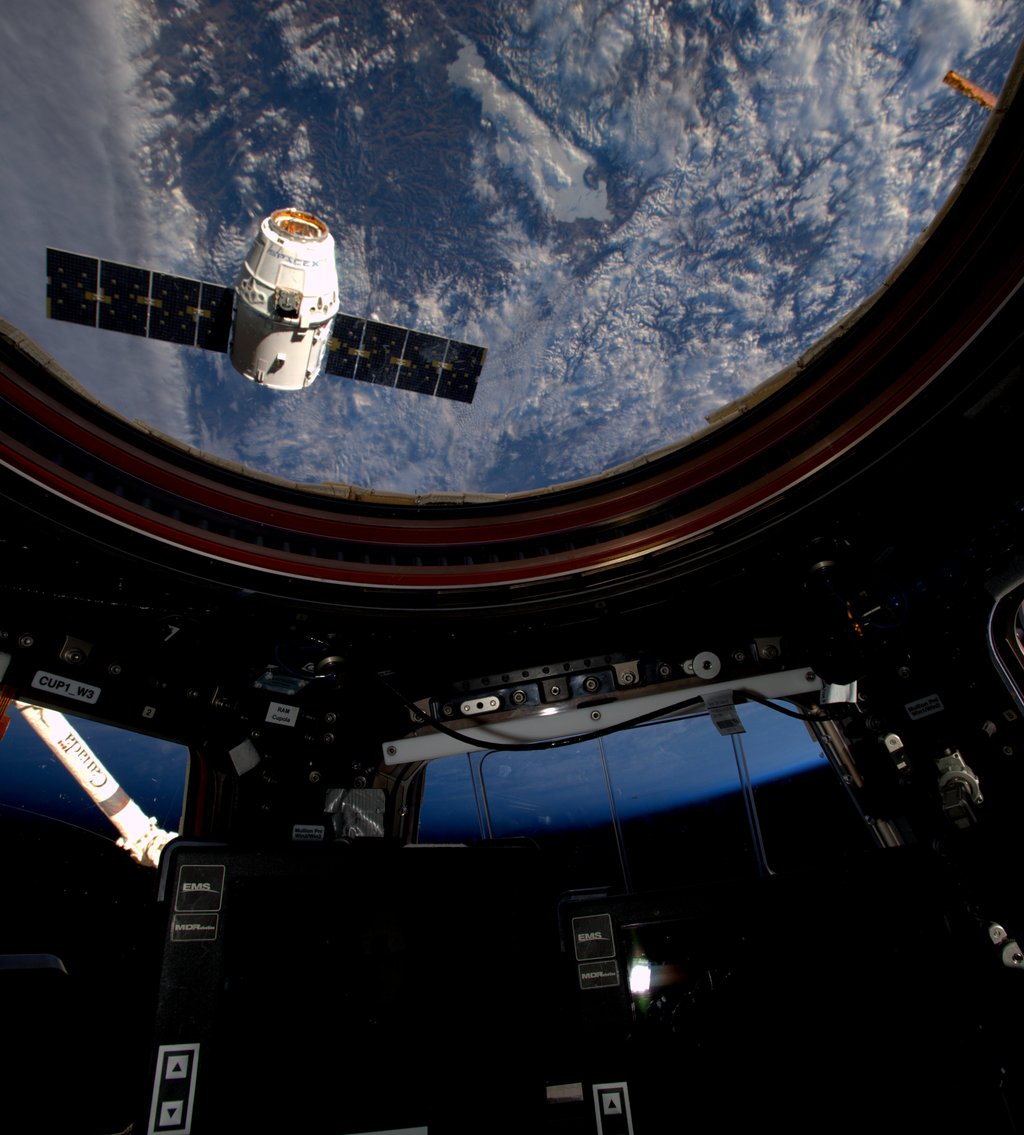
A major science instrument to monitor the temperatures and water requirements of plants and a new Latching End Effector (LEE) will be among 5,900 pounds of payloads and supplies heading uphill to the International Space Station (ISS) on Friday, 29 June. Liftoff of the CRS-15 Dragon—the 15th dedicated cargo mission under SpaceX’s Commercial Resupply Services contract with NASA—is targeted for 5:42 a.m. EDT from Space Launch Complex (SLC)-40 at Cape Canaveral Air Force Station, Fla. The Dragon, which is a flight-proven spacecraft which previously carried out the CRS-9 mission, will spend two days in transit, before it is captured by Expedition 56 astronaut Ricky Arnold on Monday, 2 July, using the 57.7-foot-long (17.6-meter) Canadarm2.
With sunrise occurring at 6:28am Eastern on Friday, and with a 90% favorable weather forecast, liftoff of the Falcon-9 rocket with Dragon will put on a visually stunning show in the early morning twilight. The flight-proven rocket, which previously launched NASA’s TESS spacecraft earlier this year, will leave Space Launch Complex 40 in darkness, but ascend into sunlight. And If history is any indication, this will leave those unaware of the launch posting images to social media about aliens and secret missile launches, among other outrageous theories such intelligent people come up with. But either way, it will look spectacular, so anyone within a few hundred miles of Cape Canaveral should look East for it.
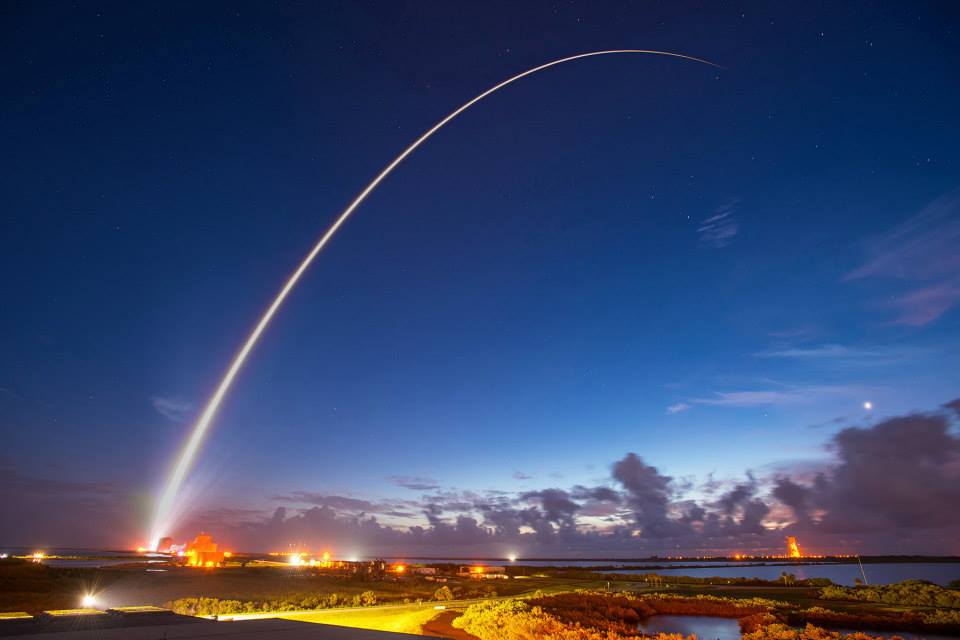
Follow Our LAUNCH TRACKER for Updates and LIVE COVERAGE Friday Morning starting at 5:15am Eastern.
Key payloads aboard CRS-15 include NASA’s ECOSystem Spaceborne Thermal Radiometer Experiment on Space Station (ECOSTRESS), designed to observe the temperatures and water requirements of plants. Weighing 1,200 pounds (550 kg), this payload was fabricated by the Jet Propulsion Laboratory (JPL) in Pasadena, Calif., at a cost of under $30 million. Selected in July 2014 as part of the “Earth Venture” program of small, targeted science investigations, this payload will monitor the mechanism of “transpiration”, whereby water is lost from plants through tiny pores in their leaves, as well as evaporation from the surrounding soil. When examined together, this analysis is known as “evapotranspiration”.
“If plants do not get enough water, they show signs of stress,” explained ECOSTRESS Principal Investigator Simon Hook of JPL. “By measuring evapotranspiration, we get an early indicator of that stress and we can do something about it, before the plants collapse.”
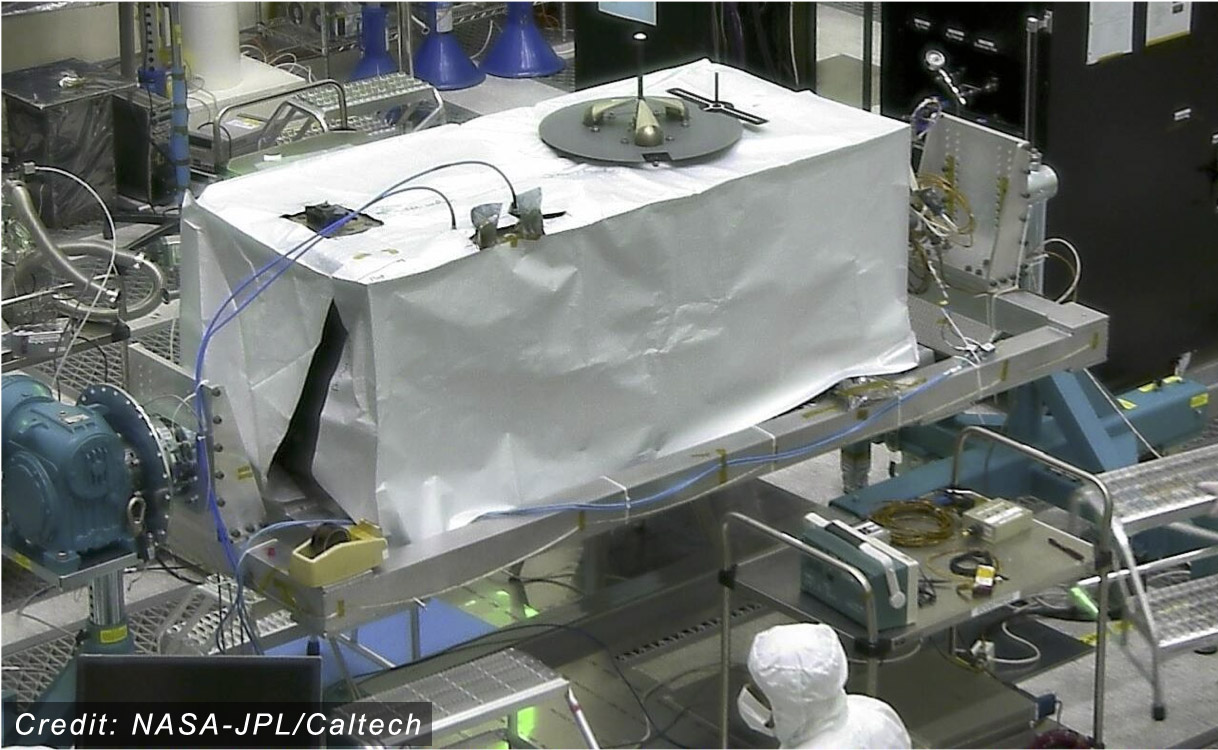
Equipped with a Prototype Hyperspectral Infrared Imager (HyspIRI) Thermal Infrared Radiometer (PHyTIR), ECOSTRESS will provide a station-based thermometer to measure plant temperatures and total heat radiance from Earth’s surface, across the contiguous United States. In so doing, it will investigate the response of the terrestrial biosphere to changes in water availability and impacts on a global scale, seeking to understand if agricultural vulnerability can be reduced through advanced monitoring of water consumptive use and improved drought estimations. Its resolution is so fine that it will be able to measure the temperature of an individual farmer’s field. “We see in our own gardens that one type of plants needs more water to grow than the next plant, but we have not been able to see this on a global scale,” said ECOSTRESS science lead Josh Fisher of JPL. “This has huge implications for our understanding of global water and carbon cycling and which plants are going to live or die in a future world of greater droughts.”
Although evapotranspiration is monitored by current Earth-circling satellites, the current data offers either high spatial resolution and low time frequency or, conversely, high time frequency against coarse resolution. ECOSTRESS offers a four-day repeating cycle of observations at a spatial resolution of 125 feet (38 meters) x 185 feet (57 meters), at an altitude sufficiently high to observe most farms and small differences within ecosystems. Moreover, the station’s orbital inclination of 51.6 degrees to the equator provides greater observation time of forests and vegetation over temperate landmasses than is possible from most polar-orbiting Earth-science satellites.
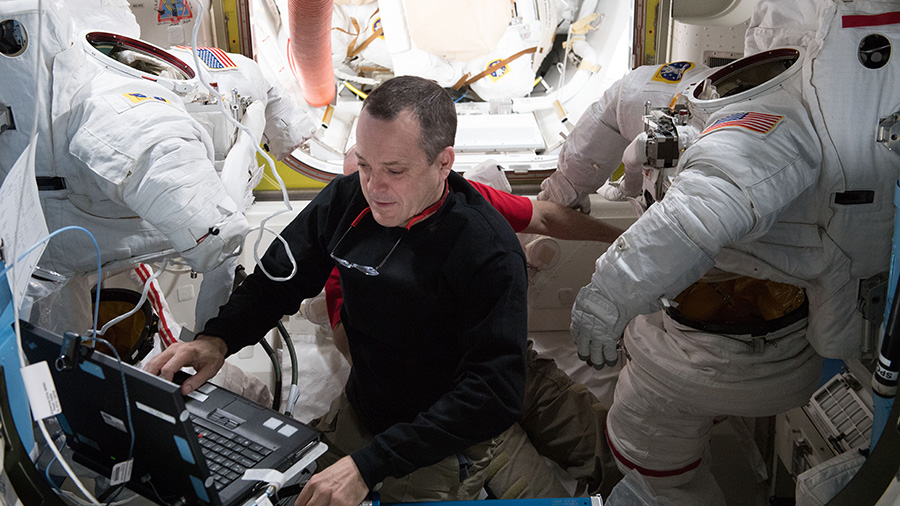
Also aboard CRS-15 is a “Ground Spare” Latching End Effector (LEE) for Canadarm2. Unlike the Remote Manipulator System (RMS) mechanical arm of NASA’s now-retired shuttle fleet—whose behavior mimicked the human arm in several respects—Canadarm2 has LEE “hands” at each end, which enable it to inchworm its way along the station’s expansive truss structure from worksite to worksite, plugging its Power and Data Grapple Fixtures (PDGFs) into receptacles along the way. The LEE “ends” are distinguishable by the alphabetical designations “A” and “B” and each is a cylindrical unit, about 3.5 feet (1.1 meters) long. “The LEE that will be aboard the CRS-15 Dragon mission was initially built as a Qualification Model under a development contract that delivered initial elements of Canadarm2,” the Canadian Space Agency’s Audrey Barbier told AmericaSpace. “This LEE was then converted into a flight unit under three consecutive Mobile Servicing System (MSS) Logistics and Engineering Support contracts…from 2003 to July 2016.” After delivery to the station, the new LEE will be robotically installed onto Site 8 of External Stowage Platform (ESP)-2, located on the port side of the Quest airlock.
Canadarm2 was launched to the ISS way back in April 2001 and, since then, its performance has been virtually top-notch, with the notable exception of age-induced wear-and-tear manifested through increased motor currents in its LEEs. Both ends were lubricated by spacewalking astronauts in February 2015 and January 2017, before LEE-A was replaced last October and LEE-B similarly changed-out in January of this year. The degraded LEE-A currently resides inside the station and will return to Earth later this summer aboard CRS-15 for refurbishment. “We are anticipating it will take about two years to investigate and refurbish the LEE,” Ms. Barbier told AmericaSpace. It will then be relaunched to serve as an on-orbit spare for the remainder of the ISS lifetime.
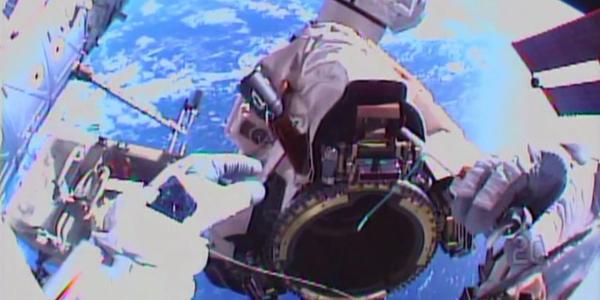
Other payloads aboard Dragon’s pressurized segment included the Micro-12 cellular biology experiment, provided by NASA’s Ames Research Center (ARC) in Mountain View, Calif. It will investigate the effects of spaceflight upon the physiology of Shewanella oneidensis MR-1, an exoelectrogenic microorganism with the potential for future use in microbial fuel cells to create electricity from waste organic matter. The use of bioelectrochemical systems also has important implications for waste water processing and the synthesis of biofuels, food products and therapeutics on future long-duration space missions. Cambridge, Mass.-based biotechnology firm Angiex, Inc., has provided an experiment to test endothelial cells—which line the walls of blood vessels—as part of advanced targeted treatments for tumor cells and cardiovascular diseases.
Twenty female mice from two different strains will fly as part of the seventh Rodent Research (RR-7) payload, as part of ongoing studies by Northwestern University in Evanston, Ill., into the effect of microgravity on microorganisms in the gastrointestinal tract. These microorganisms are known to have a detrimental impact on mammalian (including human) physiology and behavior, with clear links to intestinal, immune-system, mental and metabolic health problems. And the University of Florida’s Space Algae experiment seeks to explore the genetic basis for productivity of algae cultivated in the microgravity environment. Potential uses of space-cultivated algae include carbon dioxide recycling systems, food provision for astronauts, biodiesels and chemicals for the synthesis of plastics and resins. Additionally, many algal species synthesize oils which are important for human nutrition and can protect against cosmic radiation and retinal damage.
FOLLOW AmericaSpace on Facebook!
.




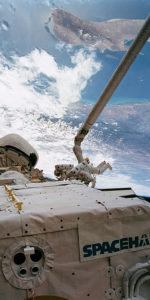
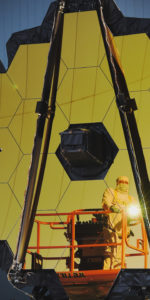
Will the CRS 15 first stage RTLS or land on the drone ship?
No, SpaceX doesn’t want it they are transitioning to all Block-5 boosters.
So, will this one be traveling up the east coast of Florida? So far I’ve been unable to see a SpaceX launch from Jacksonville but we could see the shuttles when they launched. The SpaceX launches I have seen at the Cape have appeared to take an almost direct east direction as opposed to a northeast like the shuttles.